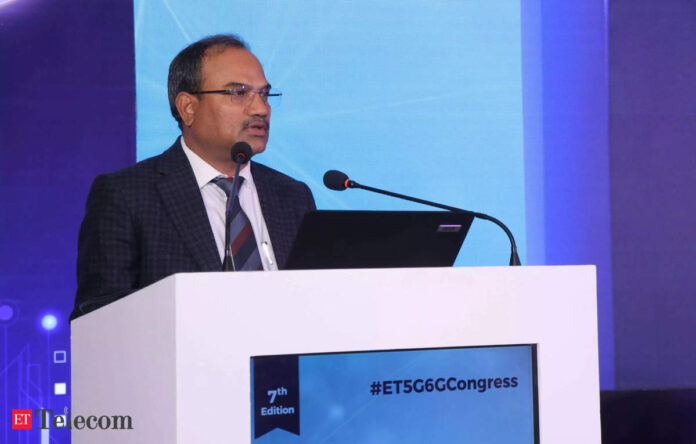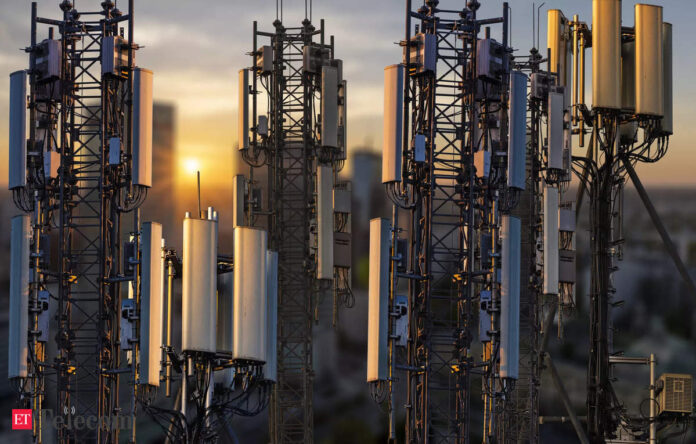In Short:
5G-based Reduced Capability (RedCap) technology could greatly benefit telecom companies and various industries, but its widespread use depends on lowering costs for devices and sensors. Currently, these costs are high, limiting adoption. Experts highlight that RedCap can support vital applications in sectors like healthcare and automotive. Lower prices and government support will be essential for its successful rollout in India.
5G RedCap Technology Adoption and Its Business Implications
NEW DELHI: The advent of 5G-based Reduced Capability (RedCap) technology is poised to be a pivotal development for monetisation strategies of telecom operators and the modernisation of enterprises. However, industry leaders from Bharti Airtel and Reliance Jio indicate that widespread adoption may be constrained until the associated costs of sensors and devices decrease to a more manageable level.
Cost Challenges in Deployment
Dharmender Khajuria, Head of Network Partnerships at Bharti Airtel, expressed concerns regarding the high costs involved in deploying 5G for devices such as cameras. “If I have to deploy full-scale 5G for a device like a camera, then the cost is going to be huge. The chipset currently costs between $60 and $80, which means I cannot have an IoT sensor and IoT devices that have a cost component,” he mentioned. Khajuria emphasized that IoT is progressing and could potentially emerge as a prominent use case.
Understanding 5G RedCap
5G RedCap, or 5G NR-Light, is defined in the 3GPP Release 17 and aims to support applications requiring more bandwidth than LTE but not the full capabilities of high-end 5G applications. According to Counterpoint Research, 5G RedCap modules are projected to account for 18% of total cellular IoT module shipments by 2030, particularly fueled by market potential in developing nations where cost is a barrier to widespread technology adoption.
Key Factors for Success
Khajuria highlighted four essential factors for the successful implementation of 5G RedCap: cost, complexity, consumption (of power), and concurrency (to support devices at scale). He noted that 5G RedCap will be instrumental in vital applications in India, including telematics in the automotive sector, healthcare, Industry 4.0, and machine-to-machine (M2M) communications.
As costs decline, the viability of RedCap will increase, allowing deployment across various industries, as stated by AK Tiwari, President of Regulatory & Policy at Reliance Jio. Tiwari underscored the role of government and regulators in fostering responsible IoT proliferation, pointing out the necessity to define critical services to guide orderly industry growth.
Market Dynamics
SP Kochhar, Director-General of the Cellular Operators Association of India (COAI), reiterated that market forces will dictate the adopted technologies. Given India’s price sensitivity, he emphasized the need to “economise the prices of assets” and other components. He observed that while developed nations might require more capabilities, there exists a significant potential for countries like India. Kochhar also noted that 5G deployments include standalone and non-standalone configurations, which will differ in coverage and capabilities across regions.
Future Outlook
Nakshatra Gupta, Solution Head at Tata Consultancy Services (TCS), cautioned that the adoption of RedCap may be gradual, even if existing challenges are addressed. Gupta mentioned that with 2G still in use, the lifecycle of IoT devices tends to be much longer, offering a need for exploration into optimal use cases for this technology.
Neil Shah, Vice President of Research at Counterpoint Research, suggested that fixed wireless access (FWA) represents an immediate opportunity, given that 5G router prices exceed $50 (~Rs 4,000). He noted that RedCap technology could play a crucial role in reducing these costs, especially for indoor 5G CPE in rural areas, where pricing needs to drop below $100 or even $60 to be viable.





